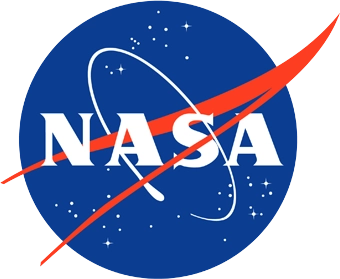July 20, 2012, 12:00 pm - 1:00 pm
July 20, 2012, 12:00 pm - 1:00 pm, Heliophysics Director's Seminar
Understanding the Relationship between CMEs and Flares through Modeling
Dr. Judith Karpen,NASA Goddard Space Flight Center
Solar flares and their associated coronal mass ejections (jointly known as solar eruptions) are the most energetic explosions in the solar system. The largest events pose the greatest space weather dangers to life and civilization, and are of extreme importance to human space exploration. To understand the origins of space weather, we must understand the initiation process for solar eruptions. The three great mysteries of solar eruptions are: how is the required energy built up and stored without dissipation, how can it be released so quickly, and how can such a large fraction (50% or more) end up in energetic particles? I will discuss results from recent numerical modeling that sheds new light on these mysteries. The calculations use the highest spatial resolution yet achieved in order to resolve the dynamics and relative timing of CME and flare evolution as clearly as possible, within the framework of the breakout model. We find that fast CMEs and two-ribbon flares are interdependent signatures of a resistive instability, enabled by a feedback loop between magnetic reconnection ahead of and beneath the rising CME. In addition, magnetic island formation is the defining property of reconnection in the solar corona, providing a possible explanation for particle acceleration in flares.
The Effect of Magnetic Topology on the Escape of Solar Flare-accelerated Particles
Dr. Sophie Masson, NASA Goddard Space Flight Center
Magnetic reconnection in the solar atmosphere is believed to be the driver of many of the dynamic phenomena observed in the Sun and heliosphere. Therefore, the structure and dynamics of the coronal magnetic field are essential for understanding solar and heliospheric activity. Important heliospheric manifestations of the intense energy release associated with solar activity include the impact at the Earth of energetic particles accelerated during solar eruptions – coronal mass ejections (CME) and eruptive flares. Observationally, the magnetic configuration of active regions where solar eruptions occur agrees well with the standard model of an eruption consisting of a flare and a coronal mass ejection. According to the standard model, particles accelerated at the flare reconnection site should remain trapped in the CME. However, flare-accelerated particles frequently reach the Earth long before the CME arrives. I will present a new model that can account for the injection of energetic particles onto open interplanetary magnetic flux tubes. The model is supported by results from our large-scale 2.5D MHD simulations of a breakout CME/flare in a magnetic topology consisting of a multipolar active region near a coronal-hole boundary. The dynamic evolution of this magnetic configuration displays several reconnection processes leading to coupling between the CME magnetic field and the open interplanetary magnetic field. I will discuss the implications of our results for CME/flare models and for observations of energetic particles.
Why and how are space weather models validated? An overview of model validation activities at the CCMC
Dr. Antti Pulkkinen,NASA Goddard Space Flight Center/Catholic University
The Community Coordinated Modeling Center (CCMC) holds the largest assembly of state-of-the-art physics-based space weather models developed by the international heliophysics community. In addition to providing the community easy access to these modern space research models to support scientific investigations, CCMC's other major goal is to test and validate models in support of transition from research to operations. In this presentation, we first provide an overview of the heliophysics models available at CCMC. Then we will describe the community-wide model validation efforts led by CCMC in all domains of the Sun-Earth system, and the internal validation efforts at CCMC to support space weather services/operations provided to its sibling organization – NASA GSFC’s Space Weather Center (http://swc.gsfc.nasa.gov). We will also discuss our collaborations with the community and NOAA to validate large-scale geospace models before they are transitioned to operations at SWPC.
